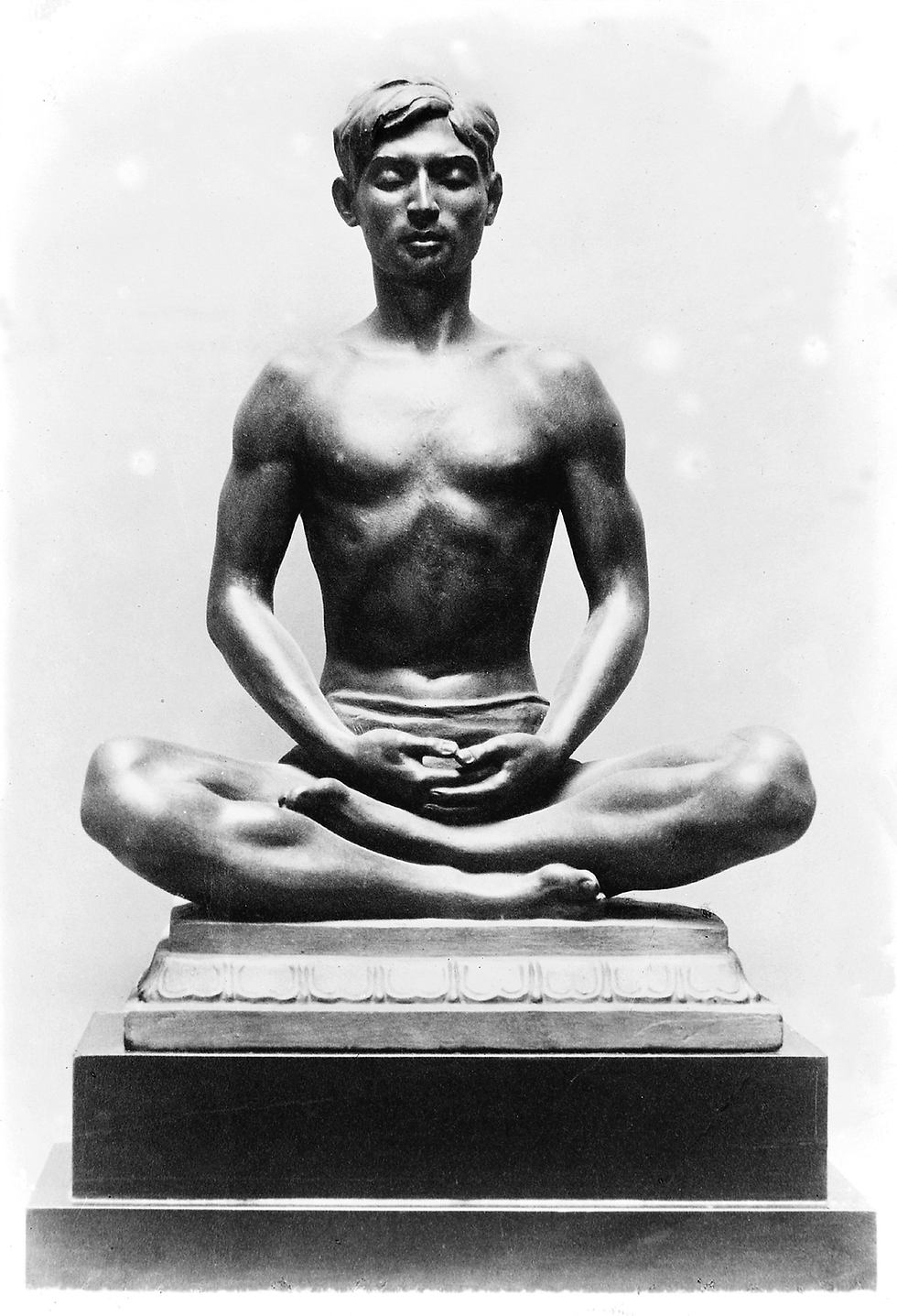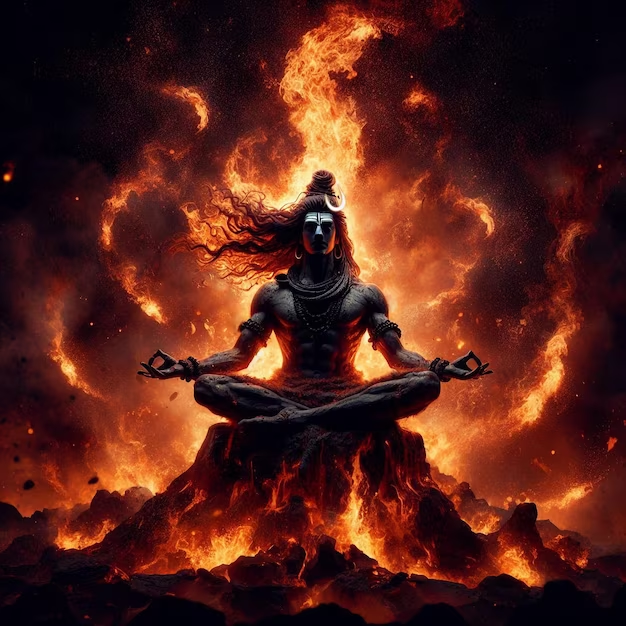Why was zero invented In India – A spiritual perspective
- Dinesh Rathod

- Jul 18, 2024
- 4 min read
Updated: Sep 17, 2024
By Dinesh Rathod / December 20, 2023
Everyone knows zero was invented in India by Aryabhata (some texts still say it was discovered by Indian yogis way before Aryabhata) but do people know why was zero invented ? Why weren’t the other civilizations , which were considered advanced at that times like the Romans, Greeks, Turkish, Chinese etc , able to invent zero? What was the need for zero? What led to its invention ?
Zero is a mathematical concept universally recognized and credited to India for its discovery, with Aryabhata often hailed as its discoverer. However, some ancient texts suggest that Indian yogis were aware of zero long before Aryabhata's time. But why was zero invented in the first place? And why didn't other advanced civilizations like the Romans, Greeks, Turks, or Chinese discover it? The answer lies in India's spiritual heritage and its perception of zero as invaluable.
The Spiritual Significance of Zero
To understand the unique invention of zero in India, we need to delve into the spiritual and philosophical mindset of Indian Yogis. The numerical Zero wasn't just a mathematical symbol; it represented the journey towards spiritual enlightenment and the pursuit of infinity, or the divine.
The Mathematical Equation of Life
Consider a basic mathematical equation familiar to students:
(X) / (N) = Resultant
If we were to relate this equation to us , X is the man himself and N is the needs/desires that he is divided into and Resultant is the Energy.
In this equation, the Moment the value of (N) (which stands for desires) decreases, the Resultant increases.
For example, X / 20 < X / 10. A man with 20 desires will have less energy than a man with 10 desires.
This Equation mirrors the philosophy of life in Indian spirituality. Let's explore this concept further.
The Equation of Happiness
Happiness is often associated with an energized state of mind. For instance, if someone finds joy in 20 different activities—driving, dressing well, socializing—their happiness is spread across these 20 pursuits, represented as X / 20.
If a person reduces their desires from 20 to 10, their happiness equation becomes X / 10. With fewer desires, energy is conserved within, raising one's Energy level (R).
This process continues until desires are reduced to just the five basic needs, represented mathematically as X / 5. The reduction of the last 5 basic needs is challenging, attainable only by Yogis or Individuals with strong willpower and faith.
The Five Challenges to Overcome
1. Shelter : Viewing the entire earth as one's home, detaching from permanent residence.
2. Clothing: Embracing simplicity, as seen in Naga sadhus or Digambar Jains.
3. Food: Reducing attachment to material sustenance.
4. Breath Control (Samadhi): Mastering the breath, entering a state where consciousness transcends physical breathing.
5. Ego: Eliminating the sense of 'Me' or 'My', dissolving individual existence.
Let's understand these 5 Challenges and how a Yogi transcends these desires.
Shelter : A Yogi leaves his desire of living in a permanent residence. He considers the entire earth as his house and wanders around, never staying long in a place. In India, most Yogis tend to travel long distances and do not stay in one place for more than 3-4 days. Leaving his desire for a permanent shelter, the equation comes down to X/4.
Clothing : The Yogi leaves his attachment to the clothes embracing simplicity. They want to have equanimity of mind in any weather conditions. Yogis like the Naga sadhus or the Digambar jains. They might wear a simple loincloth to cover themselves but generally remain without clothes even in the harshest of environments. Once this attachment is transcended, the equation becomes X/3.
Food : The Yogi moves on to slowly leave food or just take a morsel to have the basic sustenance. His state of mind is such that he doesn't need grains/material energy to fulfill his energy levels. He gets energy from cosmic energy. Once they rise above this, the equation now stands at X/2.
Breath control / Samadhi : Now comes the fourth challenge, which is controlling his breath/pulse to negligible proportions. The Yogi is alive but learns to regulate his breath. The moment he achieves harmony, his consciousness becomes independent of his breathing. If he wants, he will breathe, if he doesn't, he will reduce it by almost a breath per minute. The Yogi masters the breath, entering a state where consciousness transcends physical breathing.
Post reduction of these 4 basic desires, the equation stands at X / 1, and this is equal to X.
Ego : Now the only thing left with the Yogi is his existence, which is his ego, The words associated with Ego are 'Me' or 'My'. The moment one makes his consciousness independent of his existence, The value of N becomes zero.
A yogi who overcomes these challenges reaches a state where the equation is X/0, which is equal to infinity. ( representing pure existence ).
This spiritual journey was at the heart of the Indian yogis' understanding of zero. They were not merely searching for a number; they were seeking the infinite, the divine and in doing so, discovered Zero.
This profound connection between zero and spirituality explains why Indian civilization was able to conceptualize and utilize zero long before others. It was not just a mathematical breakthrough but a spiritual revelation.
In conclusion, zero was more than a numerical discovery; it was a symbol of the path to enlightenment and the quest for the infinite, rooted in India's rich spiritual traditions. This unique perspective is why zero holds such a significant place in both Indian history and mathematics worldwide








Comments